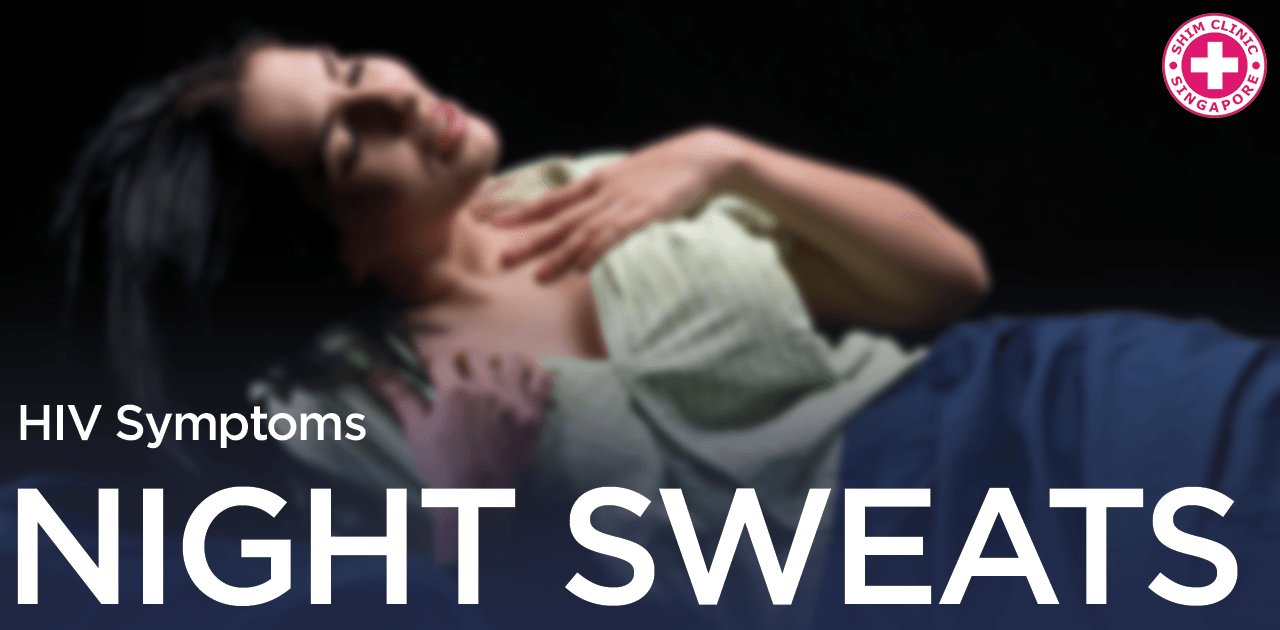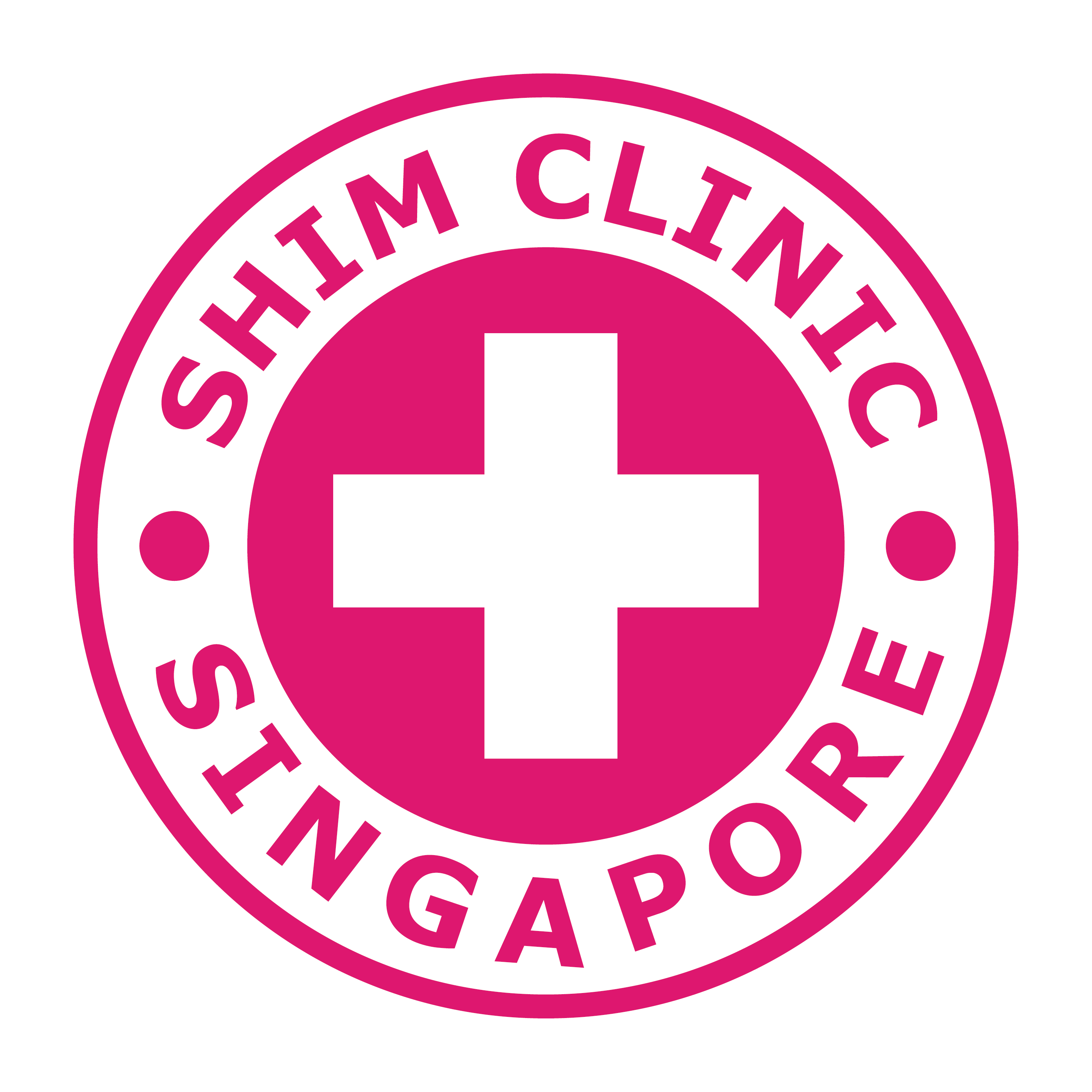HIV Night Sweats Singapore | Shim Clinic
| Help me about HIV Night Sweats ! |

| Permalink: https://shimclinic.sg/hiv-night-sweats |
HIV can take years to cause symptoms, but some people have symptoms when they’re first infected. These start 2 to 4 weeks after the exposure. They can include night sweats, which soak your sheets (not just cause slight dampness). Get an HIV test, so you can start treatment as soon as possible.
HIV is known as a silent infection, because it can be years after acquiring the virus before obvious symptoms begin. However, some people have symptoms when they’re first infected with the virus. These symptoms aren’t specific to HIV, but are more generalized symptoms of illness. They start 2 to 4 weeks after the HIV exposure. If you’ve had any possible HIV exposure and you have these symptoms, it might not just be a virus, but instead might be an acute HIV infection.
One of the symptoms of acute HIV infection is night sweats. People will find themselves waking up with the sheets soaked with sweat. The excessive sweating may occur along with a fever or chills, but you may not always notice these symptoms. It’s important to note that many people do have some sweating at night, especially if their bedroom is warm or if they sleep under too many blankets. Slight dampness of your sheets in the morning doesn’t indicate night sweats. With night sweats, you’ll have such excessive sweating that your sheets will be soaked.
- HIV can take years to cause symptoms, but some people have symptoms when they’re first infected.
- Night sweats can be one of these early symptoms.
- Slight dampness of your sheets is normal and doesn’t indicate night sweats. Instead, they will produce excessive sweating, with soaked sheets.
- Night sweats can be caused by hormonal changes, cancer, other infections, and other causes, as well as by HIV. An HIV test is needed to diagnose HIV.
- Finding out early that you have HIV allows you to start treatment before the virus causes severe symptoms.
Night sweats are also a symptom of other causes. Hormonal changes, such as menopause, commonly cause night sweats. They can also be caused by cancer, such as leukemia and lymphoma, and other types of infections, such as tuberculosis. In some cases, night sweats are caused by a sleep disorder, such as obstructive sleep apnea. Having night sweats does not definitively diagnose HIV, even if you also have other HIV symptoms (such as a rash). The only way to know for sure whether you have HIV is to get an HIV test.
An HIV test can be obtained at an STD clinic. The test results will be kept confidential, so you don’t have to worry about your privacy. There are several different types of HIV test, and some of them take longer after the infection to turn positive than do others. This is why it’s best to get your HIV test from an expert, who’s familiar with HIV symptoms and the different types of HIV test. Finding out early that you have HIV will allow you to better treat your infection. You can take medications to keep the virus under control, before it causes severe symptoms.
Sources:
Mayo Clinic. “STD symptoms: Common STDs and their symptoms.” Mayo Clinic. Published 18 Mar 2015. Accessed 20 Jul 2016. http://www.mayoclinic.org/std-symptoms/art-20047081
Centers for Disease Control and Prevention. “Screening Recommendations Referenced in Treatment Guidelines and Original Recommendation Sources.” Centers for Disease Control and Prevention. Published 04 Jun 2015. Accessed 20 Jul 2016. http://www.cdc.gov/std/tg2015/screening-recommendations.htm
Centers for Disease Control and Prevention. “HIV/AIDS.” Centers for Disease Control and Prevention. Published 05 Jul 2016. Accessed 27 Jul 2016. http://www.cdc.gov/hiv/
Centers for Disease Control and Prevention. “HIV Basics – Testing.” Centers for Disease Control and Prevention. Published 12 Jul 2016. Accessed 20 Jul 2016. http://www.cdc.gov/hiv/basics/testing.html
U.S. Department of Health & Human Services. “Post-Exposure Prophylaxis (PEP).” AIDS.gov. Published 21 Sep 2015. Accessed 20 Jul 2016. https://www.aids.gov/hiv-aids-basics/prevention/reduce-your-risk/post-exposure-prophylaxis/
| Timeline | HIV | STD | Pregnancy |
|---|---|---|---|
| Before exposure | |||
| Contraception (females only) | |||
| HIV PrEP (pre-exposure prophylaxis) - Stop HIV infection before exposure | STD vaccine: - Hepatitis vaccine - HPV vaccine | ||
| STD / HIV exposure | |||
| 0-72 hours | HIV PEP (post-exposure prophylaxis) - Stop HIV infection after exposure | STD testing * - Screening test - to look for asymptomatic infections - from previous exposures | Emergency contraception with the morning-after pill (females only) |
| 2 weeks | HIV DNA Test | ||
| 1 month | HIV 4th Generation Test - SD Bioline HIV Ag/Ab Combo - Fingerprick blood sampling. - 20 minutes to results | ||
| 3 months | HIV 3rd Generation Test - OraQuick® HIV-1/2 Antibody - Oral fluid or - Fingerprick blood sampling. - 20 minutes to results | STD testing * - Full & comprehensive - diagnostic test - to look for current infections | |
| Watch for | HIV Symptoms | STD Symptoms | |
| If infected | HIV Treatment | STD Treatment | Abortion |
References
